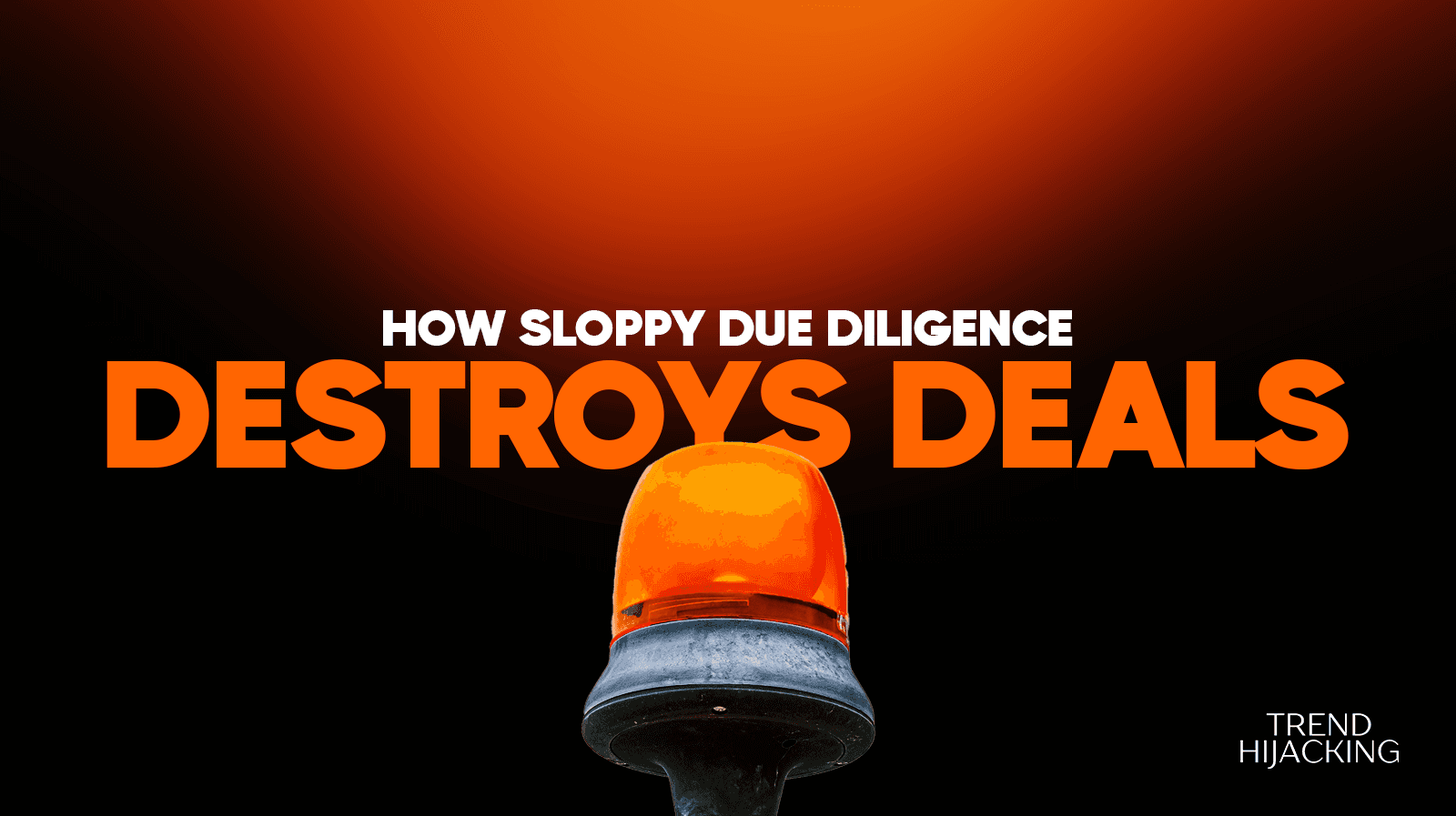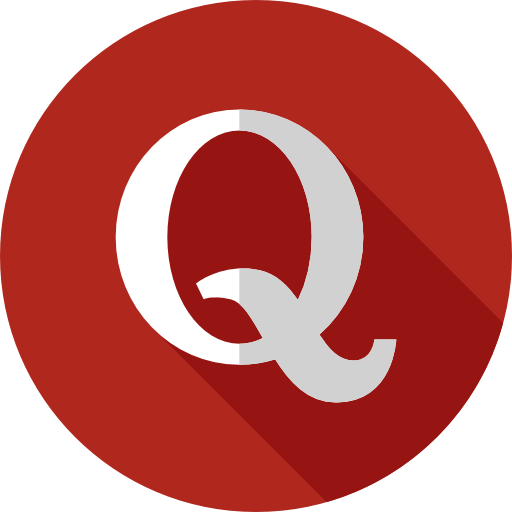What Does Cash Flow Mean When Buying A Business
What Does Cash Flow Mean In A Business For Sale?

Cash flow refers to the movement of money in and out of a business.
In simple terms, it’s how much cash comes in from sales, and how much goes out for expenses like payroll, rent, supplies, and loan payments.
As we’ve just hinted above, cash flow is one of the clearest signals of the health of the business you’re about to purchase.
A business can look profitable on paper but still struggle if its cash flow is weak.
For example, a company might bring in $200,000 in yearly profit, but if customers take six months to pay invoices, the company could run out of money before those payments arrive.
According to the U.S. Small Business Administration, poor cash flow is the cause of 82% of business failures. (Source).
When you buy a business, you don’t just want to know if it makes a profit.
You want to know if it can pay its bills on time without running into money shortages.
We Help You Buy / Build, Manage and Scale E-commerce Brands for an EXIT
E-commerce Simplified for Busy Individuals – We handle the buying, building, and scaling, so you can focus on what matters.
Growth-Focused Strategies – From sourcing to marketing, we drive growth and prepare you for a profitable exit.
Expertly Managed Exits – We build a high-value brand designed for a Lucrative exit.
The Three Types of Cash Flow To Consider

When reviewing a business on sale, you’ll most likely see three main types of cash flow as outlined below:
Operating Cash Flow
This shows how much cash comes from the company’s main activities, like selling products or services. This is the most important number to study when buying a business because it tells you if the core business actually generates cash.
Investing Cash Flow
This shows money spent on or earned from investments, such as buying equipment, selling assets, or purchasing property. A negative number here isn’t always bad. It may just mean the company is reinvesting to grow.
Financing Cash Flow
This shows money from loans, investors, or stock. It also includes cash used to pay off debts or dividends. If a business relies too much on financing cash flow, it could be a sign that the business can’t fund itself through regular operations.
Why Cash Flow Matters When Buying A Business

Let’s be honest…buying a business is a big financial decision. So, you want to ensure you do it right from the first to the last step.
And understanding cash flow is one way to ensure you do it right. It gives you a clear view of the risks and rewards that come with the business you’re planning to purchase.
Here’s why cash flow is an important aspect of buying a business:
Shows Financial Stability: A business with steady, positive cash flow is more likely to stay stable. It means the company can cover expenses, even if sales dip.
Reveals Hidden Problems: A business might report profits but still have cash flow problems. For example, if customers pay late or if costs rise faster than sales, cash flow will show the weakness before profit numbers do.
Impacts Valuation: Business valuation often depends on cash flow, not just profit. Buyers and lenders want to see consistent cash flow before agreeing on a price. According to BizBuySell, small businesses typically sell for around 2 to 3 times their annual cash flow (BizBuySell, 2024).
Helps with Financing: If you need a loan to buy the business, banks will check the cash flow to make sure the business can pay back the debt.
How To Read Cash Flow Statements In A Business for Sale

When buying a business, you should carefully review its cash flow statements. These are usually part of the financial reports and cover at least three years.
Here’s exactly what to look for:
Trends Over Time: Check if cash flow has been growing, shrinking, or staying steady. A business with declining cash flow might face trouble ahead.
Consistency: Healthy businesses usually show positive operating cash flow most of the time. Occasional dips are normal, but frequent negative numbers can be a red flag.
Seasonal Swings: Some businesses, like retail or tourism, may have seasonal cash flow. Make sure you understand how cash moves during high and low seasons.
Debt Obligations: See how much cash goes out for loans. If debt payments eat up most of the cash, that could limit growth.
Recommended: E-commerce Due Diligence: Verifying A Store’s Revenue Claims
Common Red Flags in Cash Flow When Buying A Business

While reviewing cash flow, we strongly advise you to watch out for signs that may suggest bigger problems in the business. These signs include:
High Profits, Low Cash: This gap can mean customers pay late, or the company spends too much upfront.
Constant Borrowing: If financing cash flow is always high, the business may depend on loans instead of its own operations.
Large Negative Investing Cash Flow Without Growth: Spending money on assets is fine if it helps the business grow. But if there’s no clear return, it could signal wasteful spending.
Sudden Spikes or Drops: Cash flow that jumps up or down without reason could suggest poor management or unreliable numbers.
We Help You Buy / Build, Manage and Scale E-commerce Brands for an EXIT
E-commerce Simplified for Busy Individuals – We handle the buying, building, and scaling, so you can focus on what matters.
Growth-Focused Strategies – From sourcing to marketing, we drive growth and prepare you for a profitable exit.
Expertly Managed Exits – We build a high-value brand designed for a Lucrative exit.
How Cash Flow Affects Your Buying Decision

Cash flow directly shapes whether a business is worth buying and how much you should pay. For example:
If a business has strong, consistent operating cash flow, it may justify a higher price because it shows low risk.
If cash flow is weak or inconsistent, you may want to negotiate a lower price, ask for seller financing, or even walk away.
If the business depends heavily on one or two customers for cash, losing them could sink the business. That risk should factor into your decision.
Strong cash flow doesn’t just help you as the buyer. It also gives you flexibility once you own the business.
You can reinvest in marketing, hire staff, upgrade equipment, or pay yourself a salary without worrying about running out of money.
Frequently Asked Questions About Cash Flow When Buying a Business

If you’re looking at buying a business, you probably have questions about cash flow. Here are quick answers to the ones people ask most often:
Is cash flow the same as profit?
No, cash flow and profit are not the same thing. Profit is the money left over after subtracting expenses from revenue.
Cash flow is the actual money moving in and out of the business.
For example, imagine a business sells $50,000 worth of products in one month but allows customers to pay 90 days later.
On paper, it might show $50,000 in revenue and a profit if expenses were $40,000. But the business won’t see that money in its bank account for three months.
In the meantime, it still needs cash to pay rent, payroll, and suppliers.
This is why a company can look profitable on paper but still run into cash shortages. Profit tells you about performance, but cash flow tells you about survival.
How much cash flow is good for a business?
There isn’t one magic number for all businesses. A “good” level of cash flow depends on the size of the company, its industry, and its expenses.
That said, here are some general rules you can use to point out a good cash flow:
Positive operating cash flow: A healthy business should consistently show positive operating cash flow. That means its main activities generate more money than they use.
Coverage of expenses: Cash flow should be enough to cover fixed expenses like rent, payroll, and debt payments. Ideally, the business should also have extra left for reinvestment or savings.
Cash flow margin: A useful benchmark is the cash flow margin, which measures operating cash flow as a percentage of sales. According to Investopedia, many healthy businesses aim for 8–10% or higher. For example, if a business has $1,000,000 in sales and $100,000 in operating cash flow, its margin is 10%.
The key is not just how big the number is, but whether it is steady and growing.
Is cash flow the owner’s salary?
Not exactly. Cash flow shows all the money coming in and out of the business, not just what the owner takes home. However, the owner’s salary often comes out of cash flow.
When buying a business, it’s important to see how the current owner pays themselves.
In many small businesses, owners pay themselves through a mix of salary, dividends, or “owner’s draw.” These payments reduce cash flow but are different from operating expenses.
If you plan to take over, you should check whether the cash flow comfortably covers both business expenses and a reasonable salary for yourself.
A common mistake is to look at cash flow without considering how much the owner already takes out.
What does cash flow mean in BizBuySell?
On BizBuySell, one of the largest online marketplaces for buying and selling small businesses, the term “cash flow” often means seller’s discretionary earnings (SDE). This is a specific way of measuring cash flow for small businesses.
SDE starts with net profit, then adds back things like:
Owner’s salary and benefits
One-time or non-essential expenses
Personal expenses run through the business
This number shows how much money a single new owner could expect to take home or reinvest after buying the business. It’s designed to give buyers a clear view of the income potential.
For example, if a business shows $150,000 in SDE on BizBuySell, that means the new owner could reasonably expect about that much in yearly cash flow available for salary, debt repayment, or reinvestment.
How to convert cash flow to profit?
Cash flow and profit are related but calculated differently. To convert one into the other, you need to adjust for timing and non-cash items:
From Profit to Cash Flow: Start with net profit, then add back non-cash expenses (like depreciation) and adjust for changes in working capital (like accounts receivable, inventory, or accounts payable). This shows how much actual cash the profit produces.
From Cash Flow to Profit: Start with operating cash flow, then subtract non-cash expenses (since they don’t affect cash) and reverse timing differences.
Here’s a quick example:
A company has $100,000 in net profit.
It also recorded $20,000 in depreciation (a non-cash expense).
Accounts receivable grew by $15,000, meaning customers owe money that hasn’t been collected yet.
Operating cash flow would be $100,000 + $20,000 – $15,000 = $105,000.
So while profit was $100,000, cash flow was slightly higher at $105,000.
How do you know if a company has good cash flow?
You can tell if a company has good cash flow by looking at a few key signs:
1. Consistent positive operating cash flow: The business generates more money than it spends, year after year.
2. Coverage of obligations: Cash flow covers payroll, rent, suppliers, and debt without constant borrowing.
3. Healthy cash reserves: The business keeps some extra cash in the bank to handle slow months or emergencies.
4. Cash flow growth: Over time, operating cash flow is trending upward, not downward.
5. Cash conversion cycle: This measures how quickly a business turns inventory and sales into cash. A shorter cycle usually means stronger cash flow.
If you’re reviewing financials, compare cash flow to revenue and expenses. If the business regularly struggles to keep cash positive, even while reporting profits, that’s a warning sign.
Recommended: 27 Key Financial Questions to Ask When Buying A Business
The Bottom Line
Cash flow is one of the clearest indicators of whether a business for sale is healthy. It shows you how money actually moves, not just how profits look on paper.
When buying a business, you should focus on operating cash flow, review statements closely, and watch for red flags.
Strong, steady cash flow makes a business safer, more valuable, and easier to grow. Weak cash flow adds risk and may drain your own money. Understanding it upfront helps you avoid surprises and invest wisely.
If you’re worried about making the wrong move when buying a business, we’re here to help. Our smart acquisition services cover the full process for you, from digging deep into the financials and other key areas during due diligence to handling negotiations and managing the closing.
In just 60 days, you can own a profitable, scalable business with confidence.
Not sure if you’re ready to acquire a business yet? Take our free 3-minute quiz to see where you stand.
A Done-For-You E-commerce Business
Discover how we Build, Launch, and Scale a 6-figure/month Business for You
Learn more
The 6-Step Blueprint to E-Commerce Acquisition
See how we Acquire, Convert, and Scale with Real Case Studies to Prove It.





















